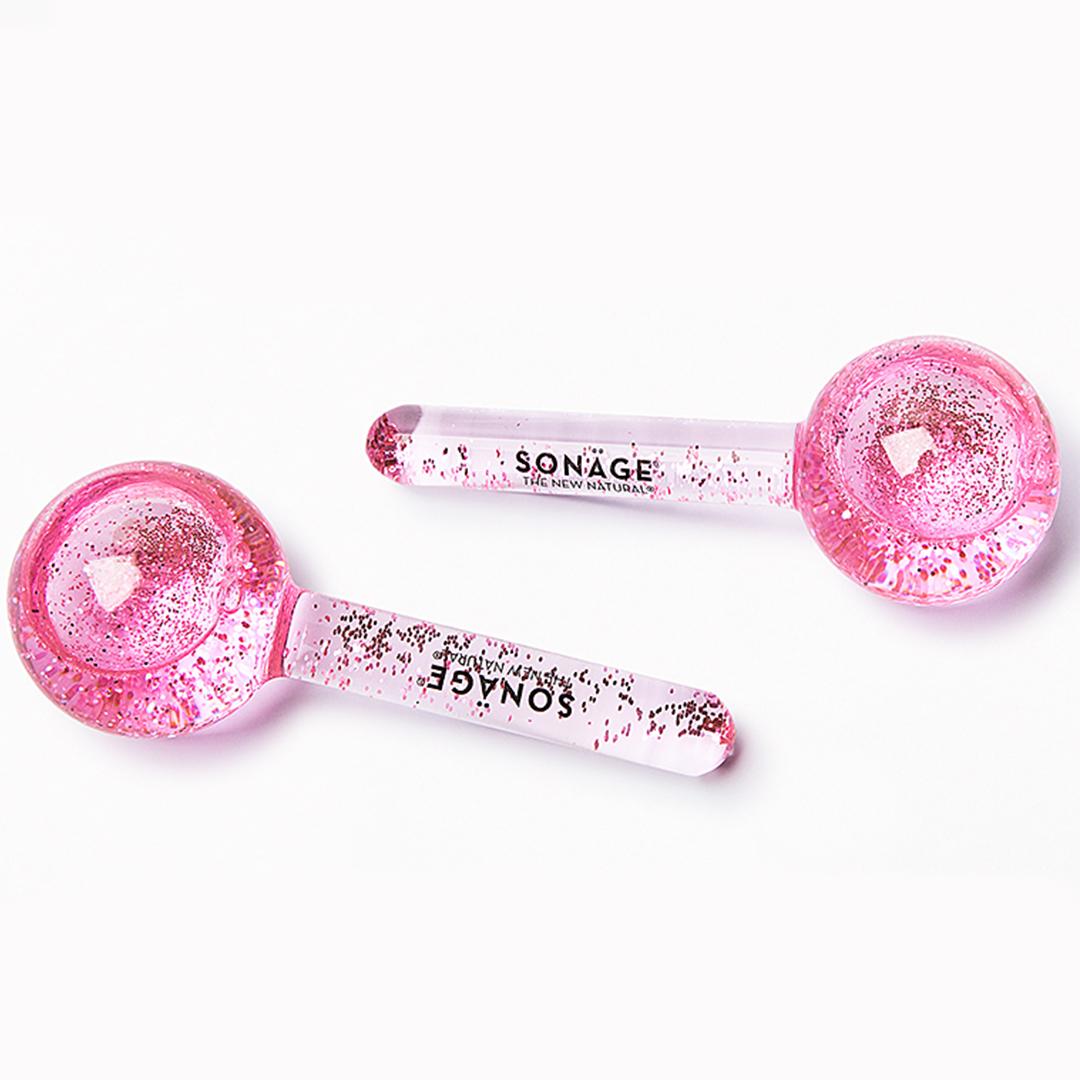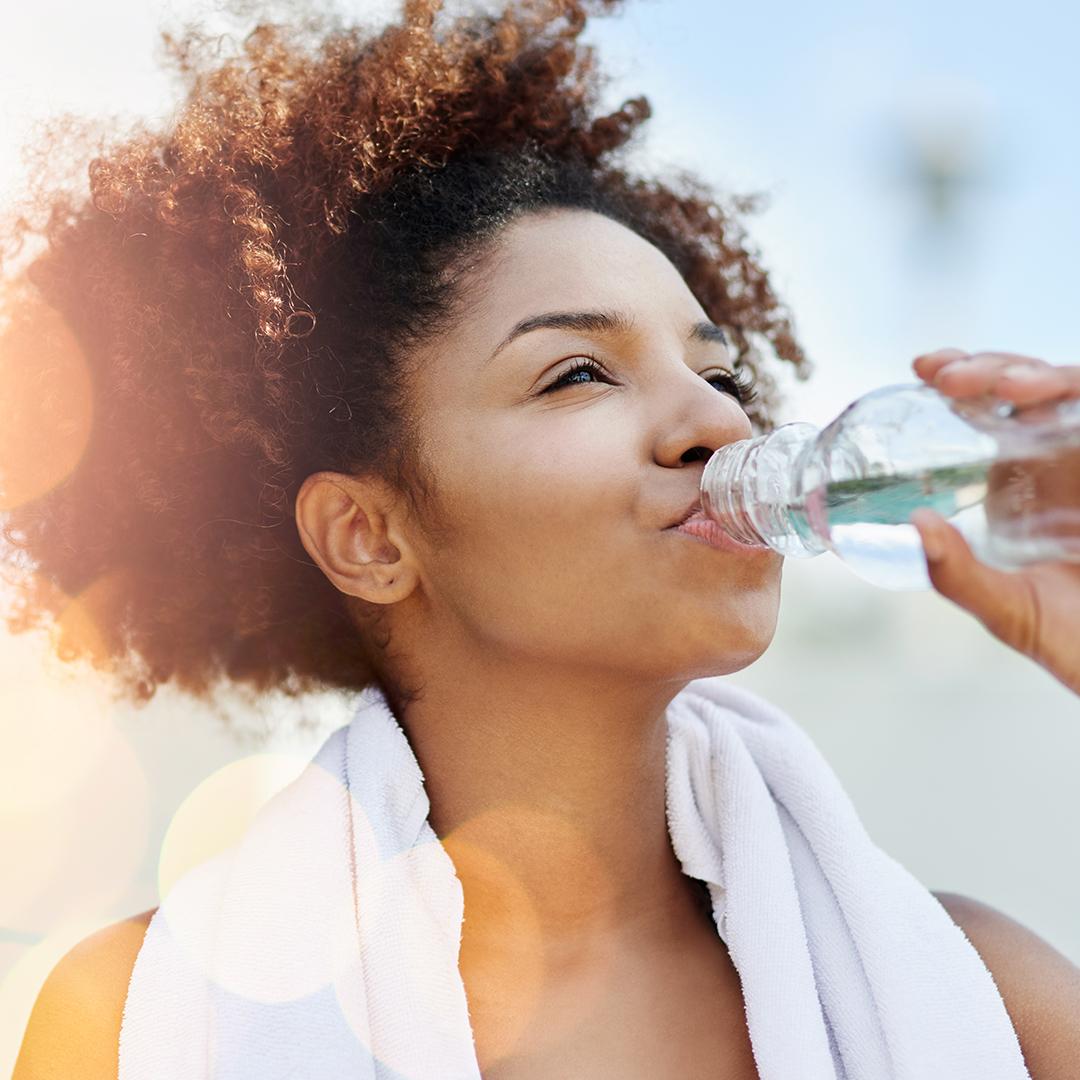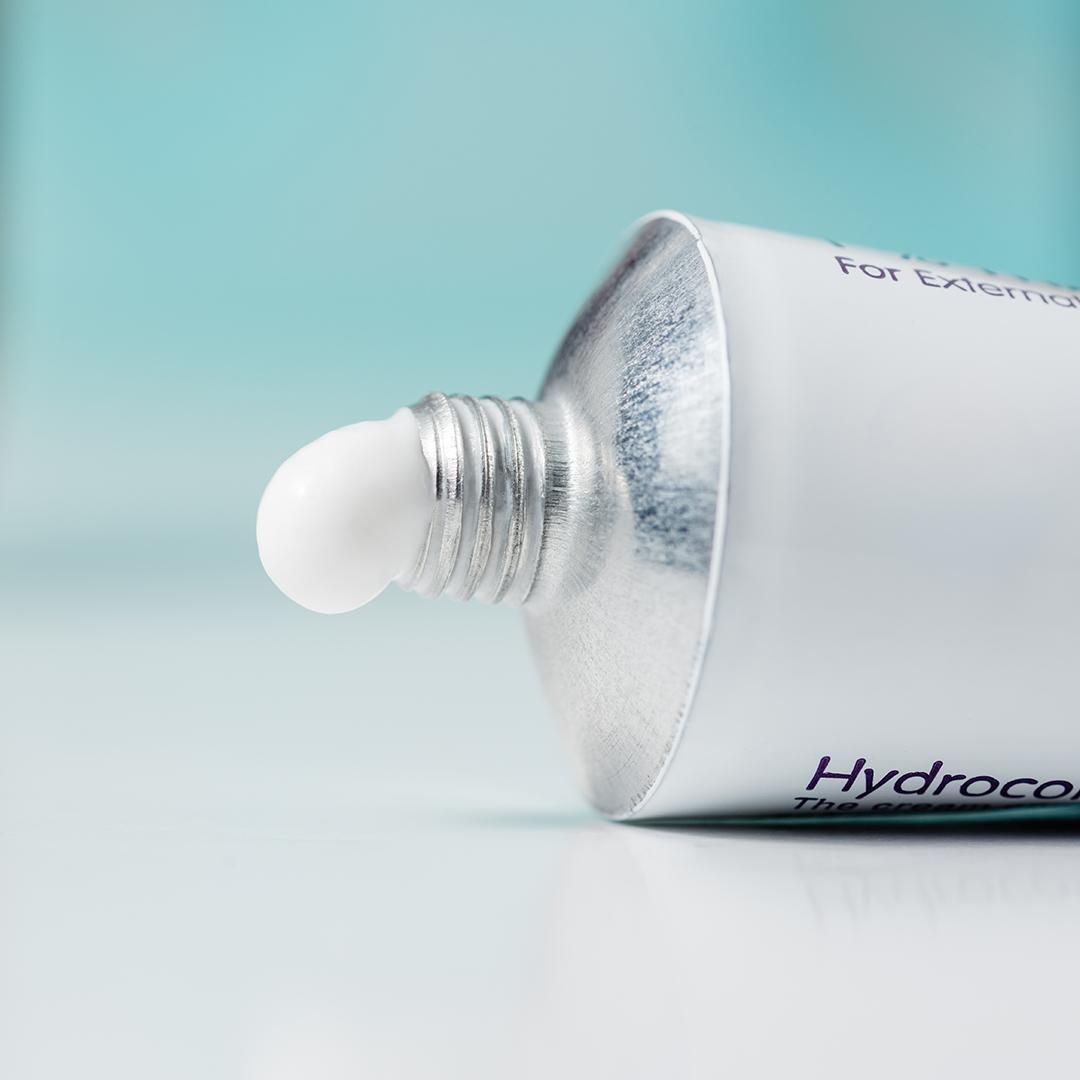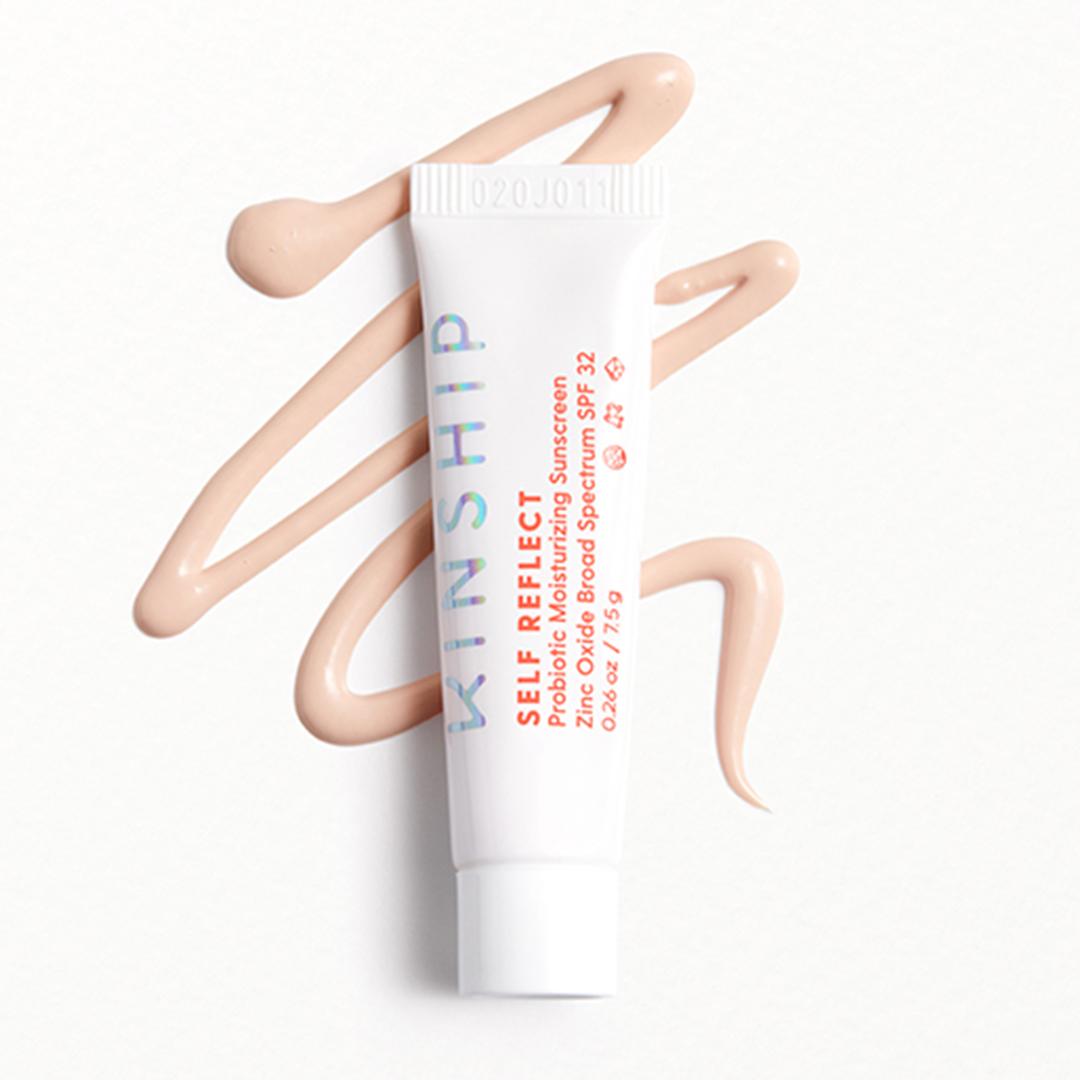Got A Sunburn? Ouch, Been There! Here’s How to Save Your Skin



Runa Bhattacharya


While we know how crucial it is to apply (and re-apply!) SPF to our skin, the honest truth is that we’ve all suffered a sunburn—and likely will again. Even the most dedicated sunscreen slatherers can find themselves feeling the burn after a day spent in the sun. And with warmer weather rolling in, chances are you’ve got a beach day or a few booked, so there’s no time like the present for a sun-care refresh.
The first thing to remember is to always apply SPF on all exposed parts of your body. “As a rule, reapply every two hours at minimum and immediately after you sweat or get wet,” says dermatologist Deanne Robinson, MD. After all, good sun protection can be life-saving. “Studies show that suffering one or more blistering sunburns in childhood or adolescence more than doubles a person’s chances of developing potentially deadly melanoma later in life,” says dermatologist Dendy Engelman, MD.
So what can you do if you get an accidental sunburn? Turns out treating a sunburn right away can minimize damage and can have long-lasting benefits. However, we’ve got you covered: Keep reading for some simple tips from the pros on how to treat a sunburn.
To chill skin fast, try this soothing facial from Britta Plug:


It's about glam time you treated yourself.
MEET THE EXPERT
Deanne Robinson, MD, is a dermatologist based in Connecticut.
Dendy Engelman, MD, is a board-certified cosmetic dermatologist and Mohs surgeon at Shafer Clinic in New York City.
Jessie Cheung, MD, is a board-certified dermatologist and founder of Cheung Aesthetics & Wellness in Chicago.
How to Treat Your Sunburn at Home
1. Cool Down Skin Safely


It can be tempting to ice skin to ease the pain, but it turns out that applying anything too cold to sunburned skin can actually dry out your skin further. “Instead, try a cold compress. Soak a clean washcloth in cold water and gently lay it on top of your skin. Remove it before it dries,” advises Dr. Robinson. This will prevent it from sticking to sensitive skin too
For an instant calming effect, try popping cooling skin massagers, such as SONÄGE SKINCARE Frioz Ice Globes Facial Massager, in the fridge for 10 minutes and rolling onto your skin. It’ll feel super cool and calming without being too frosty.
2. Take a Restorative Shower or Bath


But remember to do it the right way: Lingering in a cool shower or bath for a long time may feel curative, but can also dry out already dehydrated skin. Keep your shower limited to just a few minutes, and the water cool to lukewarm. “You’ll also want to avoid harsh soap for the same reason,” suggests Dr. Engelman.
If you’re soaking in the tub, skip the bubble bath. Instead, mix apple cider vinegar in your bath water for cooling relief. “Apple cider vinegar helps restore your skin’s pH levels,” says Dr. Engelman. After just 10 minutes, your sunburnt skin will feel soothed thanks to the anti-inflammatory properties. Feeling itchy and inflamed? “Try adding 2 to 3 tablespoons of baking soda and 1 cup of oatmeal to a cool bath for an extra soothing treatment,” says Dr. Robinson
3. Apply Aloe All Over


It’s no secret that aloe is the GOAT of sunburn treatments. 100 percent aloe vera gel, which comes from the aloe plant, contains the anti-inflammatory compound aloin. “Aloe has both calming and anti-inflammatory properties. “When applied to the skin, it reduces redness and helps to increase healing time,” says Dr. Engelman. Have an aloe plant at home? Snap off a chunk, squeeze out the gel and apply it directly to burned spots.
You can also opt for a lightweight aloe-infused moisturizer like PIXI BEAUTY pHenomenal Gel, which infuses skin with hydration, without feeling greasy or cloying.
4. Say Hello to H2O


When recovering from a sunburn, always be sure to drink plenty of water. Why? When you get a sunburn, your skin’s blood vessels dilate, drawing fluid to the surface of your skin and causing dehydration. Your skin normally functions as a barrier to prevent water loss through your skin, so a sunburn will increase your body's water loss,” says Jessie Cheung, MD, a San Francisco-based dermatologist. “Hydrating adequately will help support your body’s ability to regulate temperature. To make sure you’re drinking enough, aim for half your body weight in ounces of water per day,” says Dr. Robinson.
5. Moisturize Often


Just as important as hydrating your body is hydrating your skin. That said, while moisturizing your skin helps it heal, not all moisturizers are sunburn-friendly. Avoid lotions and moisturizers that contain alcohol, and take a break from using retinol, alpha hydroxy acids (AHAs), and beta hydroxy acids (BHAs) until your burn heals. Dr. Engelman says to look for products that contain vitamin E to help neutralize free radicals and promote wound healing.
Pro tip: Moisturize your skin while it’s still damp to help your skin soak in the product. And avoid heavy oil-based lotions that can trap heat under your skin and worsen your sunburn. We love the gel-based formula of DUFT&DOFT Hydra Soother Balancing Radiance Cream. It’s made with a trio of humectants (including good old aloe vera) to lock in moisture below the skin’s surface.
6. Medicate the Ache


“If you’re able to take an anti-inflammatory pill, Ibuprofen can help calm inflammation and act as a pain reliever to improve your comfort,” says Dr. Robinson. Over-the-counter NSAIDs (like Ibuprofen and Naproxen) can help reduce swelling and pain.
For a topical fix, Dr. Robinson suggests a hydrocortisone cream, which can help with irritation and inflammation. And for that painful spaghetti strap sting? Try rubbing a light layer of barrier cream (Dr. Robinson likes Vanicream Moisturizing Ointment) onto spots where clothing rubs to ease the ouch.
7. Let Blisters Be


Weird fact: Blisters have a real purpose. “Blisters form to help your skin heal and protect your skin from infection,” says Dr. Robinson. Severe sunburns can lead to blistering, so reach out to your physician for healthcare advice if you’re concerned you may have a second-degree burn. “Blistering should be looked at by your dermatologist to avoid long-term scarring,” Dr. Robinson recommends. If a blister does happen to break, “clean it gently, apply antibiotic cream, and cover it with a bandage,” says Dr. Cheung.
8. Try Vitamin C


Damaging free radicals can still cause sun damage long after sun exposure. The good news is that you can protect your skin from harmful free radicals caused by UV rays. Enter: vitamin C. “Antioxidants, like vitamin C, pair with free radical scavengers in search of a missing electron, so it neutralizes the sun damage a free radical can do if it were to pair with an electron from a skin protein instead,” explains Dr. Engelman.
Plenty of skincare products contain vitamin C, particularly serums, which have a high concentration of active ingredients delivered in small molecules that are able to penetrate deep below the skin’s surface. Try VITABRID C12 Vitamin C Dual Drop Serum, which contains stabilized vitamin C that won’t break down while it restores and protects against environmental stressors.
9. Stay Out of the Sun


Your skin is in the healing process, and additional exposure to the sun’s rays will cause more trauma to your already-sensitive skin. “Sunburns can actually get worse after the first day, as your skin goes through different stages of inflammation and swelling,” says Dr. Cheung. Plus, sun damage builds over time; the more you burn, the higher your risk of skin cancer, according to skincancer.org.
While your skin is on the mend, avoiding too much sun exposure is non-negotiable. And if you must spend time outdoors, cover up. “Be sure to protect sunburned skin while it heals by being diligent with SPF and wearing protective clothing,” says Dr. Robinson, who also recommends swiping on mineral-based SPFs (like KINSHIP Self Reflect Probiotic Moisturizing Sunscreen Zinc Oxide Broad Spectrum SPF 32), which are less likely to cause irritation than chemical-based sunscreens.
10. Soothe Your Lips


“The lips are so often forgotten,” says Dr. Robinson. And if you have sunburn on other areas of your face, there’s a good chance your lips got burned as well. Try a cold compress to minimize swelling and redness—and whatever you do, don’t peel. Apply a physical blocker, or mineral-based SPF 30 balm (such as COOLA Mineral Liplux Organic Tinted Lip Balm Sunscreen SPF 30) to lips. and re-apply after you drink or eat.
Want gorgeous skin all summer long? Take our Beauty Quiz now to get started. Already an Ipster? Refer your friends to earn points, which you can use toward products. Either way, don’t forget to check us out on Instagram and Twitter @IPSY.
Like this article? Share it with your friends by clicking the icons below!
Liked this post? Share!
Related Stories


Skin
How to Adjust Your Skincare Routine for Mature Skin in the Winter
Published on Dec 4, 2025 • 7 min read


Skin
Meet the Best Moisturizers for Winter, According to Dermatologists
Published on Dec 1, 2025 • 9 min read


Skin
What Is Inflammaging—and Why Everyone’s Talking About It
Published on Dec 1, 2025 • 8 min read


Skin
6 Skincare Trends to Have on Your Radar in 2026, According to Experts
Published on Dec 1, 2025 • 7 min read


Skin
We Grabbed Our Crystal Ball and Found These 6 Skincare Predictions for 2025
Published on Dec 10, 2024 • 7 min read


Skin
Simple Self-Care Tips That Actually Make a Difference
Published on Nov 13, 2025 • 12 min read


Skin
These 9 Face Scrubs Will Unlock Soft and Smooth Skin on Contact
Published on Nov 5, 2025 • 10 min read


Skin
10 Thanksgiving Foods That Will Have Your Skin Coming Back for Seconds
Published on Oct 15, 2025 • 7 min read


Beauty Picked Just for You
Get 5 products worth up to $70
Plus exclusive access to epic deals up to 80% off
Starting at just $14/month. Cancel anytime.